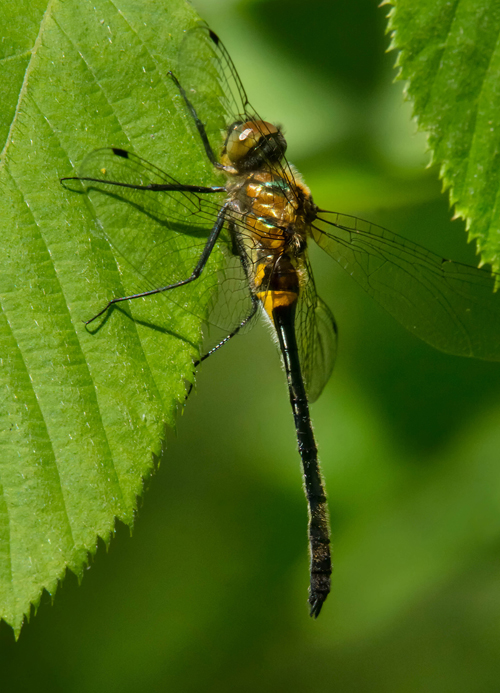Legacy Trail

The Headwaters
If you were to look at a map, you would see a plethora of lakes, rivers, streams, and wetlands in Kawartha Highlands. If you were to trace lines between each of these waterbodies, like a game of connect the dots, you would find that each waterbody feeds into the others, like a large, interconnected web. Kawartha Highlands was specifically selected as a protected area due to its important headwater streams, which represent the very beginnings of all the waterbodies on the map. These headwater streams influence fish, wildlife, and humans, within and outside of the park. It may come as a surprise to know that the stream beneath your feet is an example of one such headwater stream and it still has a long way to travel. In fact, the water flowing underneath you will eventually make its way to the ocean. This highlights the importance of keeping our waterbodies clean and healthy, as the water flowing under you passes through so many other parts of the natural environment as well.

The vast network of undisturbed waterbodies within Kawartha Highlands work together to clean and filter water. Cold, cascading streams with deep pools provide aquatic life with highly oxygenated water, while wetlands filter harmful contaminants. Did you know that many of the insects we see buzzing around us in the summer begin their life in the water before hatching and emerging as adults? During their aquatic life stages these insects are referred to as benthic invertebrates, as the Greek word ‘Benthos’ translates to ‘the depths’. Many benthic invertebrates require healthy water quality, such high levels of dissolved oxygen and low levels of pollution. Benthic invertebrates undergo magnificent transitions from fully aquatic larval stages to the adult stages that we commonly see flying overhead. This includes some not-so-enjoyable species, such as mosquitoes, blackflies, horseflies, and deerflies. Luckily, other insect species that eat biting flies are also born and raised in water, including dragonflies. Dragonflies are a welcome sight during the summer as they consume hundreds of mosquitoes per day!
© Kings Printer for Ontario, 2025